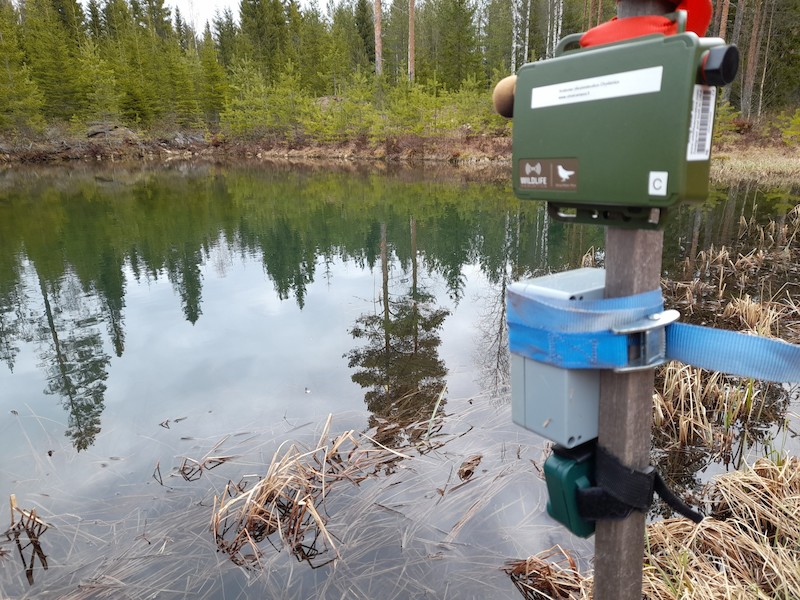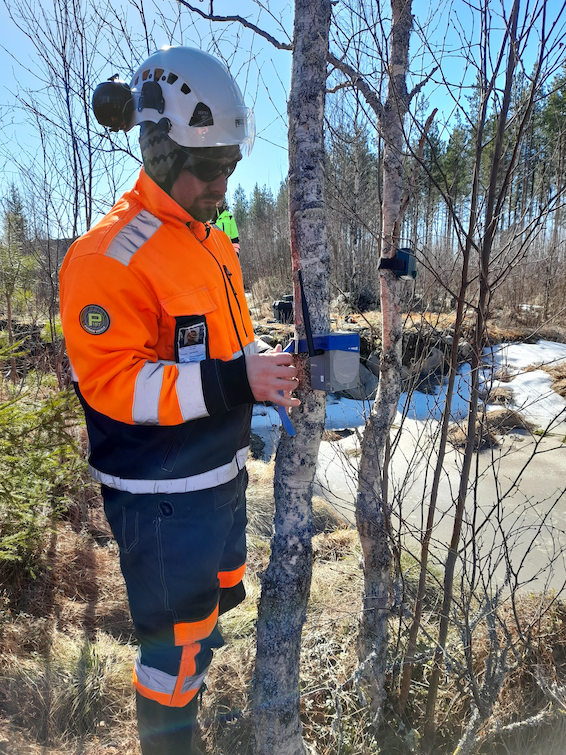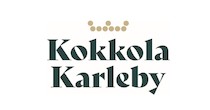23.05.2025
Data-driven efficiency, productivity and competitiveness
AI recognises the sound of moor frogs – advanced technology is being tested in cooperation with Sibanye-Stillwater's Keliber lithium project
In the spring, a strange sound echoes over the swamps and wetlands – like the distant bark of a dog or a bubble. It is a moor frog, a protected species that has traditionally required an expert's ear to be identified in the wild. Now, artificial intelligence is available to help with this challenge.
In the project Data-Driven Efficiency, Productivity, and Competitiveness, automatic sound recognition devices have been taken for test use near the Syväjärvi mine of Sibanye-Stillwater's Keliber lithium project. The mining area is located in Kokkola and Kaustinen. The area was chosen as a pilot site because the occurrence of the moor frog is already known there. The Keliber lithium project has previously built artificial ponds in the area, with the hope that moor frogs will move into them when the original water areas have had to be drained to make way for mining construction. The Keliber lithium project monitors the occurrence of moor frogs and reports the observations to the environmental authorities.

Together with the Keliber lithium project, the University Consortium is developing and testing technology for the automatic identification of frogs. The AI-based system has been trained to identify the unique sound of the moor frog with extensive sound sample data. The devices used in the field listen to the environment and perform preliminary identification in real time. At the same time, traditional audio data is also collected, which can be used to verify the observations made by artificial intelligence and to further develop the system.
"As the amount of voice data increases, so does the accuracy of artificial intelligence", says Veli-Matti Tornikoski, an expert in the project. "This enables more reliable monitoring and supports the protection of biodiversity".

Installation of the AI-powered devices in the moor frog habitat
News related cases
Species detection using advanced intelligent measurement and monitoring solutionsExtra information
Veli-Matti Tornikoski, project manager


